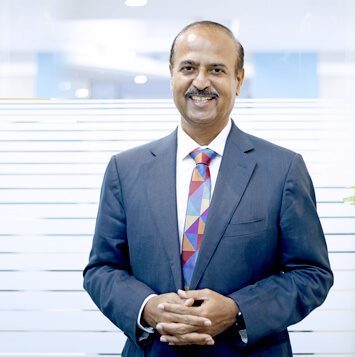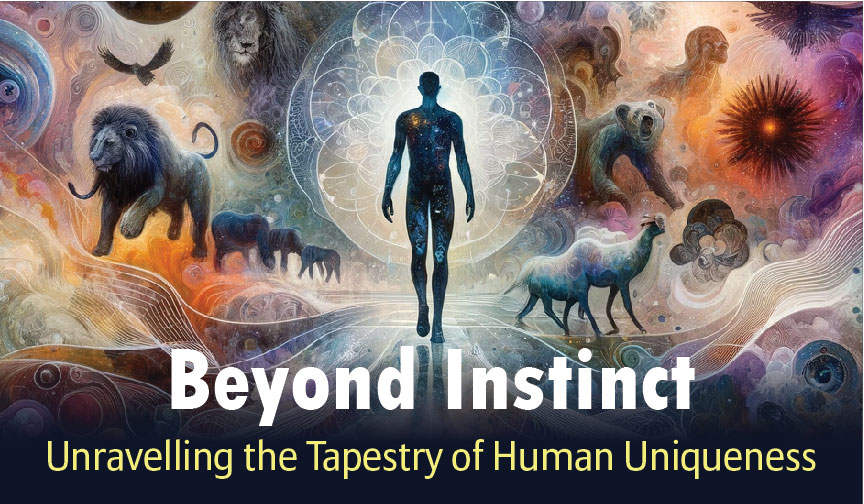The Future of Insurance

You can also listen to this blog belowNew
Globalization 4.0 is the buzz word today. Unlike the preceding phases of globalization - pre and post the world wars and the ongoing one, which were all about factories crossing borders, the 4.0 revolution is said to disrupt both the manufacturing and service sectors alike. Backed by technology, this wave is fast approaching us, and the prominent questions lurks – are we prepared for it?
To me, the ones who believe that the days of disruption are yet far off, allude to ostriches with their heads in sand. Being from the insurance sector, I am very well witnessing the changes that are being bought by technological advancements to this rather traditional industry. Just a few years ago, what took an insurer to settle a claim in days or weeks, is now a click of the thumb away, with transactions happening in minutes. Earlier while we would collect premium, with a sole responsibility of settling claims, today we offer a plethora of services that range from helping customers choose the best products to giving them preventive solutions rather than mere traditional reactive claims settlements. But, this is still the present. The future looks more lucrative for the customer where brand lines would further blur as the ease of purchasing a product will be interlinked with the ease of availing all the services it entails. Organizations would need to shed their prevailing “silo working” pattern and rather collaborate and create entire ecosystems that would be agile enough to continually evolve as per the changing market trends.
For us insurers, this means to churn better products by putting analytics and machine learning to work, while outsourcing the other services like distribution, marketing, customer servicing etc. which were otherwise integral to an insurance company till now. This is our immediate future, since even as we speak, leading pioneers like Alibaba have already put these principles to work. By building platforms that connect providers of all e-commerce functions (such as manufacturing, logistics, and marketing) with each other and with end users it has already become one of the world’s most valuable companies. As insurers too, the key to harness outsized returns will be by liaising with external companies for such dynamic, externally oriented, temporary and mutually evolving partnerships. We will still be the experts at understanding and assessment, managing and mitigation and pricing of risks and will still be the ones to ideate and create newer products as per the new age risks and demands. Technology will just make us smarter when it comes to claims settlements, leading to a simpler claims experience for the customer as well as a lean, agile and cost efficient system for us. In the long run this will all lead to automated models, where manual intervention for pricing of products will be redundant; it rather will become dynamic as per the experienced/predicted profit or loss ratios for a particular product.
While the sector seeks huge transformations in the way it functions, the organizations themselves should buckle themselves up for changes in their business models. This would inevitably mean to redesign and retool the existing human heavy operations such as underwriting, policy issuance, risk surveys, claims and grievance redressal etc. with smarter “human + machine” systems so as to yield better timescales. This means to let algorithms handle the mundane, repetitive large chunks of work while humans busy themselves with works of higher order such as validating the algorithms, creating newer business strategies and designing newer algorithms for the same. We already have Amazon’s pricing and recommendation engines, as examples, which are run by autonomous data science systems while the employees focus on more creative tasks.
In order to create such flexible, lean and evolvable business models, organizations will need to transform not only their modus operandi by having an optimal man machine mixture, but also would need to drive change management top-down. For this, the industry would need to indulge in a wider talent pool that would range across different areas and specializations. Not only would virtual employees like Bots, AI, etc. be a part of this pool, but substantial resource allocation to build a “workforce of future” will also be a critical priority. While most of our present day jobs might be replaced by a “gig-economy” where there would not be permanent employees rather deliverable based contracts, companies would also need to re-skill/up-skill their employees for creating better data scientists, analysts, content curators etc.
With so much happening around, the future sure is uncertain. Instead of being protective about the existing framework, it is imperative for organizations to think and act as per the evolving times, inching closer to easier products and simpler interfaces for the customers. In order to stay relevant, the time to act, adapt and adopt is here. Though there is no hard-lined blueprint yet, the ones to race ahead and experiment with cracking the code may definitely have the upper hand.
About the author

Tapan Singhel is the MD & CEO of Bajaj Allianz General Insurance Company Limited. This blog has been initiated by him so that he can directly interact with all the valuable customers and employees of this company.
 Service Chat:
Service Chat: 




Leave a Reply